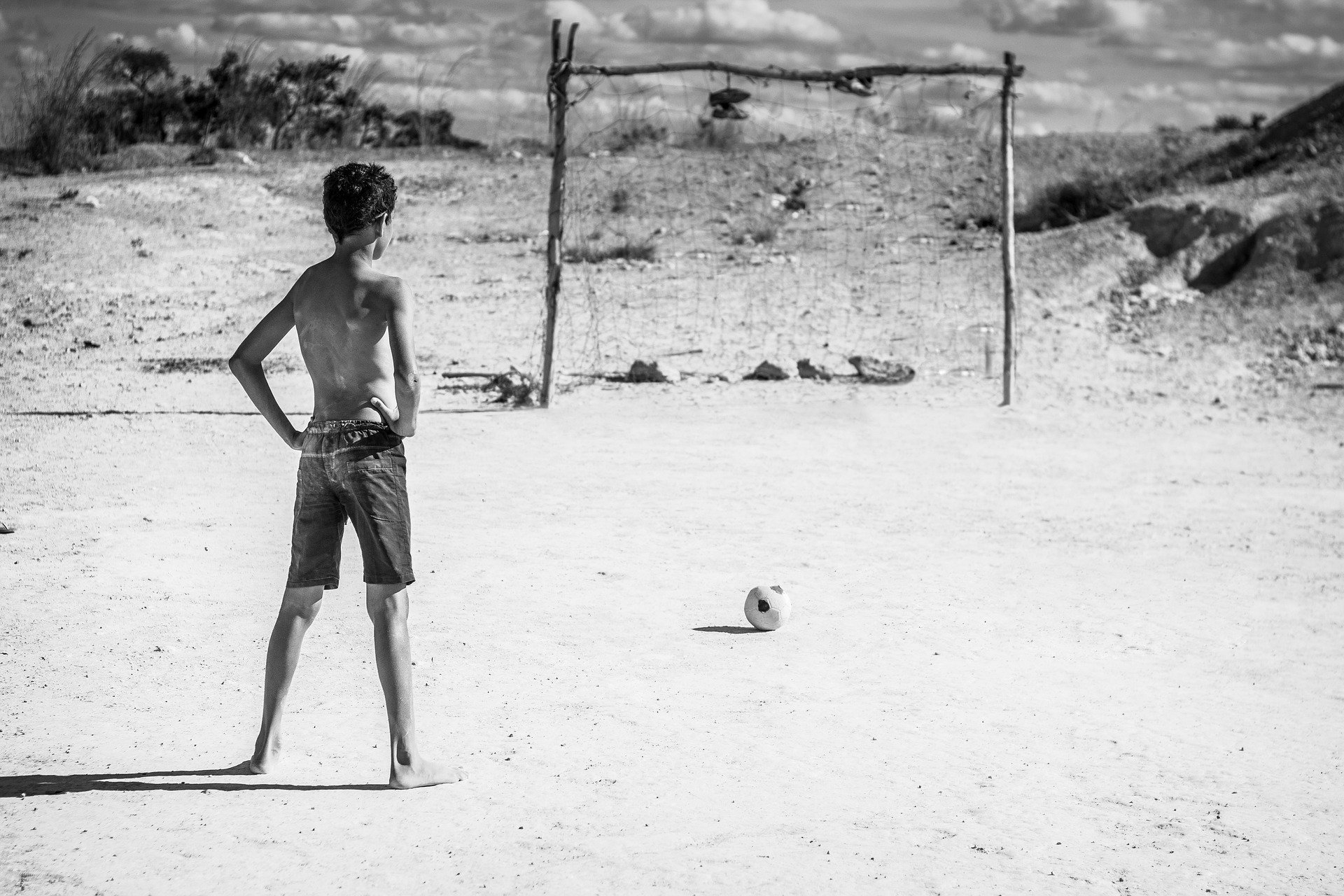What it Takes
/I was invited to observe a team meeting today as part of work building on their already robust psychological safety. Four significant elements of how they work together really stood out.
Recognition - All sorts of things were recognised. New hires, project milestones, people’s skill and contribution, a recent big push on a project involving lots of extra time and covering for people who are away. No rose coloured glasses here though. Fatigue, mental health, a significant safety incident, concerns about links between HQ and operations were also openly discussed. There was ample celebration, but also deep dives into real and significant issues that deserved attention.
Up for the challenge - Several times people raised challenges to decisions, processes, people. The challengers spoke openly and directly. No one took offence. More often than not their challenge was met with open and curious questions seeking to understand their perspective more fully. Contributions were welcomed and explored.
Marking the Boundaries - At every opportunity people shared information, purpose, backstory, decision making parameters, reasoning and more (often as part of the challenge conversations). Everybody contributed to a more complete team view of what was happening, what was expected and what value they could add.
People took responsibility - When action was required someone put their hand up to own it. Timelines and detail were given. Follow up was arranged. Lots was getting done. People volunteered for this responsibility without prompting. It seemed expected and normal.
This team is quite a contrast to some others I have worked in and with. The kinds of contributions made by every individual in this meeting are often nowhere to be seen. One way traffic from the ‘chair’ coupled with defensive conversation and lack of accountability are more often the picture.
If you could pick one of the points above to focus on with your team, which would it be?
If you’d like to discuss building psychological safety in your team or organisation, let's have a chat.



